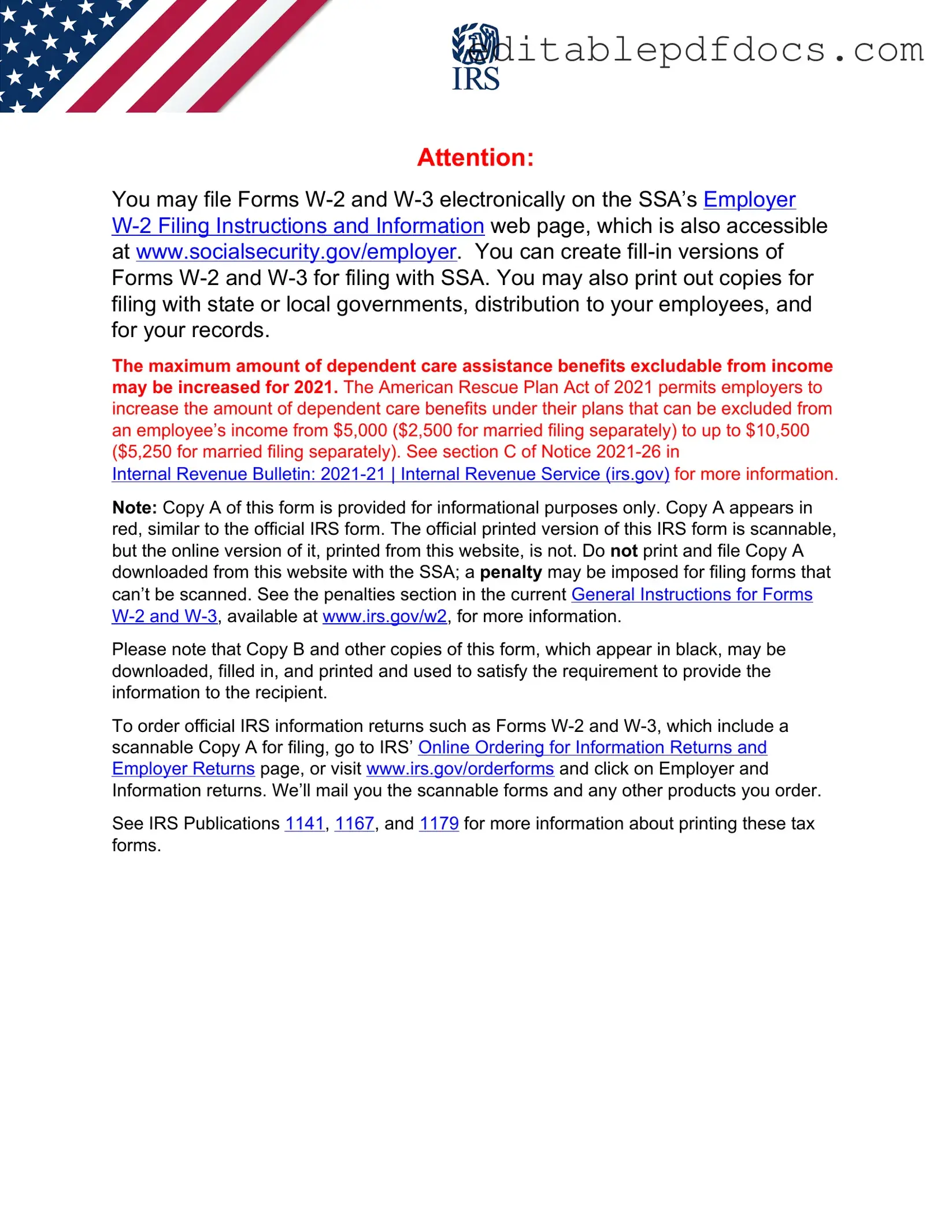Filling out the IRS W-2 form can be a daunting task for many individuals. Mistakes during this process can lead to significant issues, including tax delays or complications. One common error occurs when individuals fail to include all sources of income. It is crucial to report every job held during the year, as omitting even one can result in discrepancies that the IRS may flag for further review.
Another frequent mistake involves incorrect personal information. This includes inaccuracies in names, Social Security numbers, or addresses. Even a simple typo can create problems when it comes time to file taxes. It is advisable to double-check this information against official documents to ensure accuracy.
Many people also overlook the importance of understanding the different boxes on the W-2 form. Each box serves a specific purpose, such as reporting wages, tips, and other compensation. Misunderstanding these categories can lead to reporting errors that might affect tax liability. Familiarity with the form can help in correctly filling it out.
In addition, individuals sometimes fail to consider the implications of their filing status. Choosing the wrong status can lead to incorrect tax calculations. It is important to understand whether one qualifies as single, married, or head of household, as this can significantly impact tax obligations.
Some filers neglect to account for pre-tax deductions. Contributions to retirement accounts or health insurance premiums can reduce taxable income, but if these are not accurately reflected on the W-2, it can result in overpayment of taxes. Keeping track of these deductions is essential for accurate reporting.
Another common error is not reviewing the form for completeness before submission. Individuals often rush through the process and miss critical details. Taking the time to carefully review the entire form can help catch mistakes that may lead to complications later.
Additionally, failing to keep copies of the W-2 form can create issues down the line. It is wise to maintain a record of all tax documents, as they may be needed for future reference or in case of an audit. Having these documents on hand can simplify the filing process in subsequent years.
Some people also misinterpret the deadlines associated with the W-2 form. Employers must provide W-2 forms to employees by January 31st, but individuals may not realize they also have a deadline for filing their taxes. Being aware of these timelines is crucial to avoid penalties.
Lastly, individuals sometimes forget to seek help when needed. Tax laws can be complex, and assistance from a tax professional can provide clarity. Whether it’s understanding the W-2 form or navigating deductions, seeking guidance can prevent costly mistakes.
